New Home - subfloor soft spots
Tony
5 years ago
Featured Answer
Sort by:Oldest
Comments (25)
Related Discussions
New House, New garden, Termite nest in garden spot.
Comments (3)Take a look at the link below, from WIKI ANSWERS. It has a good bit to say about orange oil, and what kind, and also a few other methods of killing these critters. Including heat....but that would be in a house with wooden framing etc, not out in the ground. If you have a huge hot water tank, connect your garden hose to the drain (after turning the tank up to the max and getting the water the hottest you can) and try it. Couldn't hurt. I think what you want to do is kill the queen. So jabbing a sharp stick down into the middle would be a good way to penetrate deeper. But read about the orange oil just in case. Here is a link that might be useful: Does orange oil kill termites?...See Moresubfloor seams rising under new vinyl floor
Comments (2)Have him show you the manufacturer's technical bulletin where it requires you to keep your house at 62 degrees. What kind of floor did you have previously? This is over a basement? On slab-on-grade? Do you know the steps he used during installation, from the subfloor or slab up to the vinyl? Vinyl does tend to telegraph flaws in the underlayment. Some have some hiding ability. Sight and gradual "humps" at the luan seams can show in a raking light. But if the edges of the luan underlayment have swelled and are rising and you see a strong sharp line telegraphing through the vinyl, it's usually a moisture thing. Vapor from below. Your installer should repair lines caused from swollen seams. Mongo...See MoreUneven Subfloor and New Wood Install
Comments (1)You can use shingles, felt, roll roofing, shims, etc. to build up between the plywood layers where it's needed.... as long as you do not cover the whole entire floor making for a bad sandwich....See MoreAdding subfloor in 1890s house
Comments (13)HEre are some pictures. Gaps between the boards More gaps... Here you can see the patchwork we are dealing with, and the corner of the dining room where there is beautiful parquet - that we are keeping. It is already higher than the kitchen floor and we won't be able to get it level (it will either be higher or lower) - so there will be some kind of threshold. We plan to take this part up completely and relay - it's very uneven and wonky. Dawg. In response to question - the walls are down to the studs, so that's not an issue. And extra height also isn't an issue - in fact it would be good and we planned for it when we put in windows. As you can see from the pics it will be joining another floor that is either going to be higher or lower than the kitchen area. Boards are perpendicular to joists. Not sure of the gap, I will check. Thank you!...See MoreTony
5 years agoTony
5 years agoTony
5 years agoCharles Ross Homes
5 years agoTony
5 years agoTony
5 years agoTony
5 years agoTony
5 years agoTony
5 years agobry911
5 years agolast modified: 5 years agoTony
5 years agoTony
5 years agorobin0919
5 years agogalore2112
5 years agochispa
5 years ago
Related Stories
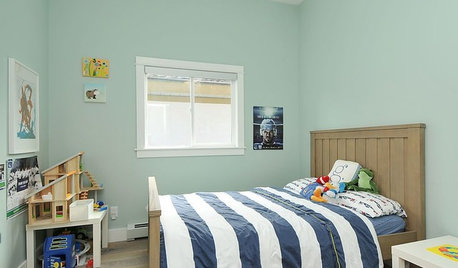
COLORGet a Soft Spot for Sea-Glass Green
Soften a room's look by washing its walls in this delightfully airy shade, no sand in your shoes required
Full Story
TRANSITIONAL HOMESHouzz Tour: Soft Industrial Style for a Classic Home
A designer adds contemporary appeal to a traditional home in Maryland using metals, rustic woods and geometric shapes
Full Story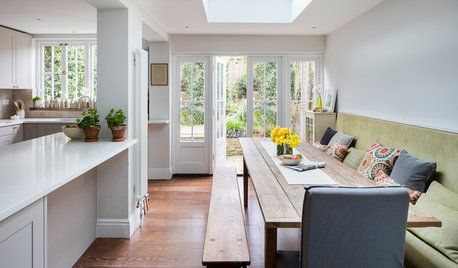
TOWNHOUSESHouzz Tour: Soft Tones Refresh a Historic Home in London
A neutral palette showcases the Georgian features of an American family’s remodeled townhouse
Full Story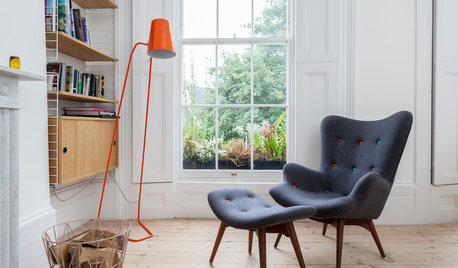
FLOORS10 Ways to Make the Most of Your Home’s Original Floors
Save yourself the cost of replacing your old floorboards with these tips for a new finish
Full Story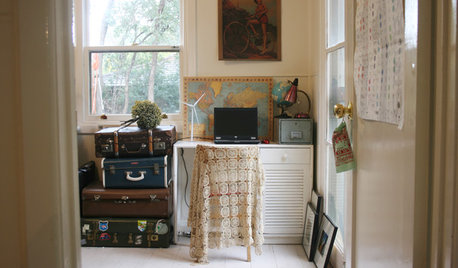
MOVINGMaking a Home Away From Home
Feeling like a stranger in a strange land? These tips can help ease the transition after a big move
Full Story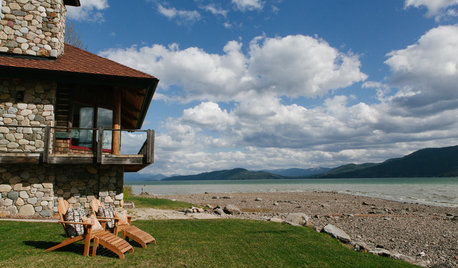
RUSTIC STYLEHouzz Tour: Home’s Idaho Flavor Balances Rustic and Luxe
Local flora, fauna and textures come together in this relaxing vacation house on the state’s largest lake
Full Story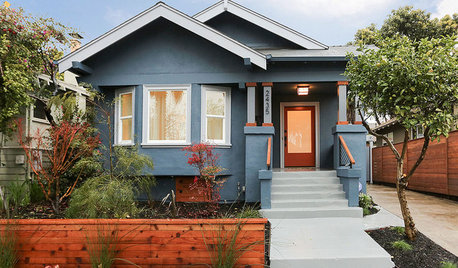
CURB APPEALHow to Get Your Home’s Stucco Exterior Painted
Learn what’s involved in painting a stucco exterior and how much this project might cost
Full Story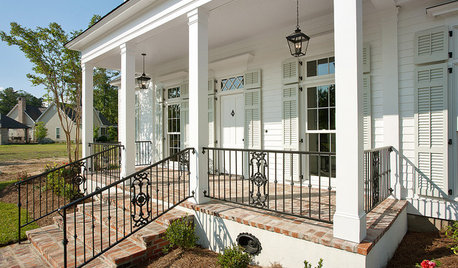
EXTERIORSTake It Outside: How to Use White on Your Home’s Exterior
The right shade of white on walls or just trim will make your house look crisp and clean
Full Story
HOME TECHHome Tech: There's an Easier, Affordable Future for Home Automation
Say goodbye to the headaches and high price of current systems, and hello to home automation products for the masses
Full Story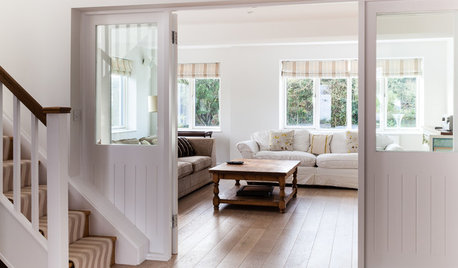
BUDGET DECORATING9 Tricks to Boost Your Home’s Appeal for Less Than $400
Whether you’re redecorating or just doing a quick update, check out these ways to enhance your home on a budget
Full StorySponsored
Your Industry Leading Flooring Refinishers & Installers in Columbus





Creative Tile Eastern CT